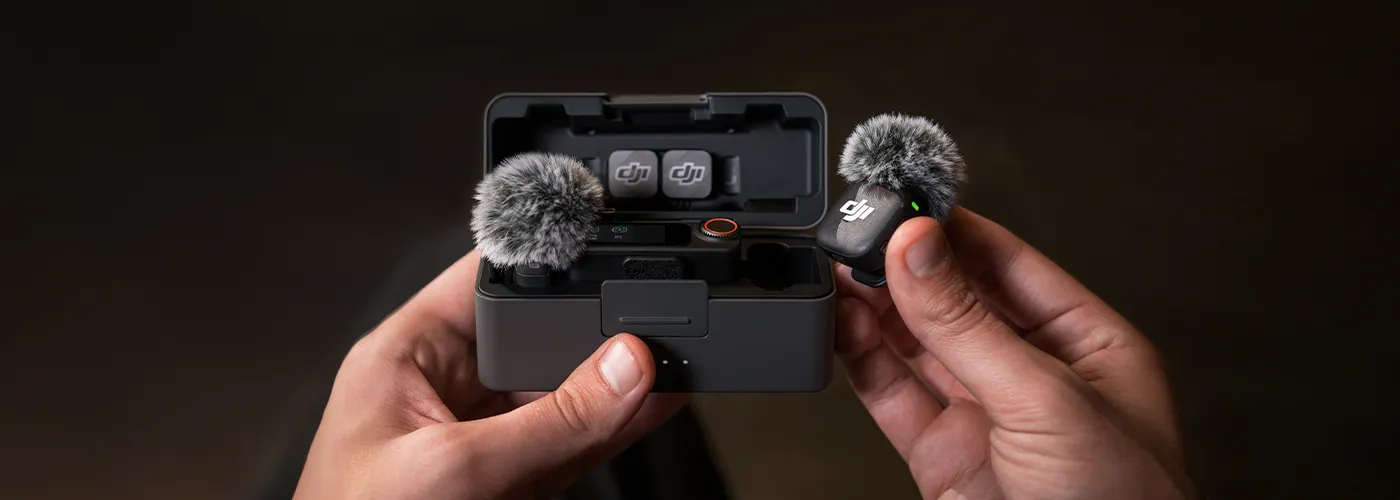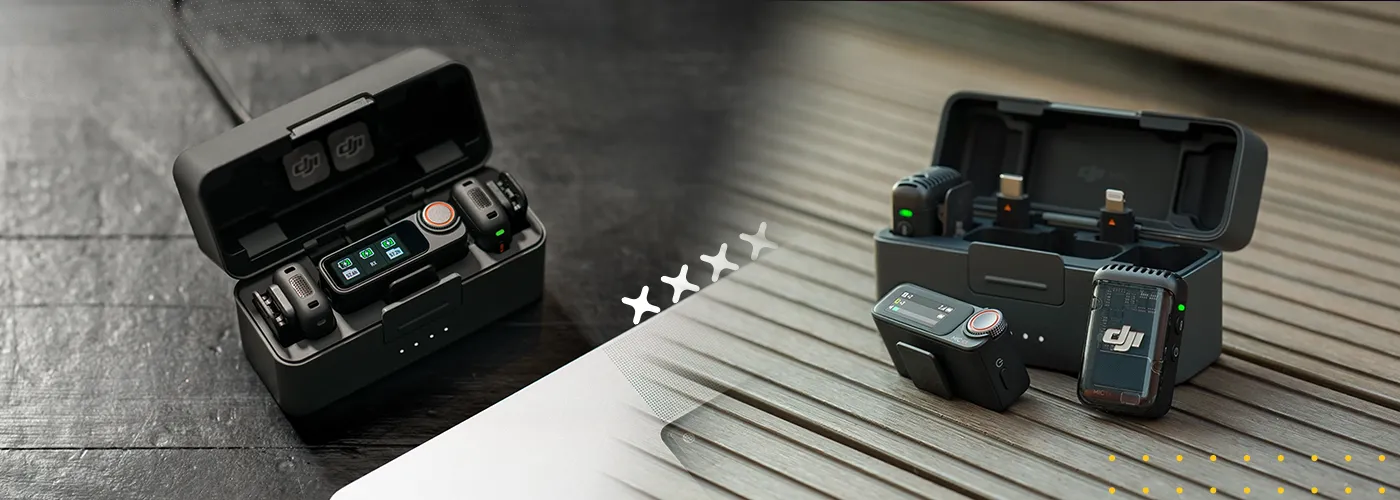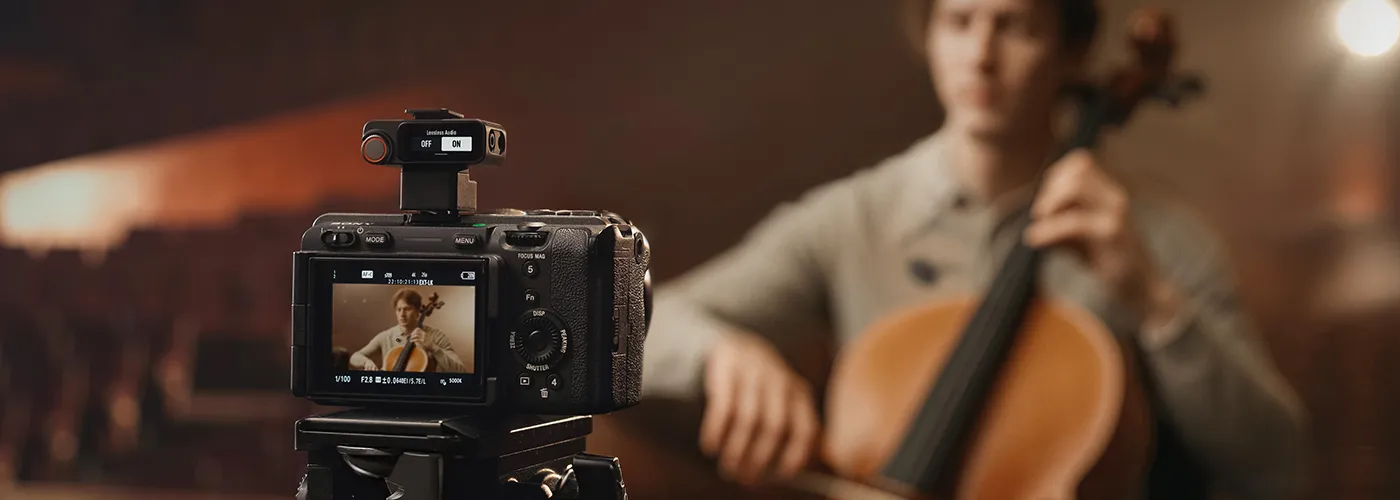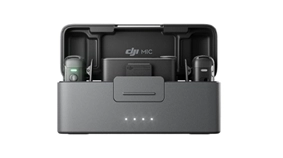Comparison of wireless microphones DJI Mic 2 vs DJI Mic 3


DJI has introduced a new wireless microphone system, the DJI Mic 3, which has a number of improvements over its predecessor, the DJI Mic 2. If you're recording vlogs, interviews, podcasts or reports, the question is whether the differences are big enough to replace your current set, or whether the Mic 2 is still sufficient? Let's check out the key changes.
Audio quality and recording options in DJI Mic 2 vs DJI Mic 3

DJI Mic 2 provides high quality audio recording without interference thanks to intelligent noise reduction. Recording in 32-bit float protects against overdriven recordings and delivers detailed sound. Quality clearly set DJI Mic 2 apart from the competition.
DJI Mic 3, however, adds lossless Audio support and more extensive tone control - there are three voice modes to choose from (Regular, Rich, Bright), two levels of noise reduction (Basic and Strong), as well as adaptive gain (Gain Assist) and a 3-band equalizer. In practice, Mic 3 gives you more freedom to adapt the recording to your conditions and style of work.
Number of transmitters and audio channels DJI Mic 2/3

DJI Mic 2 operates using two transmitters and one receiver - in practice works great for solo or duo work. There is no need to work on two transmitters - you can also use only one transmitter, while it is worth noting that the receiver makes recording much easier and solves compatibility problems of devices.
Mic 3, however, goes much further, as it supports as many as four transmitters and eight receivers simultaneously, with the possibility of recording in four independent channels. This opens up whole new possibilities for group interviews, podcasts or multi-camera recordings.
DJI Mic 2 and DJI Mic 3 - Operating time and charging

DJI Mic 3 definitely performs better when it comes to battery life. 8 hours for the transmitters, 10 hours for the receiver and up to 28 hours including the charging case. In addition, there is also the option to use fast charging, which allows you to in 5 minutes charge the transmitter for 2 hours of operation. For those recording all day in the field, this is a real advantage.
DJI Mic 2 allows for about 6 hours of transmitter and receiver operation, and the case extends this time to 18 hours. It is definitely shorter, while for most standard recordings it is completely sufficient.
Construction and ease of use DJI Mic 3 vs DJI Mic 2

Both systems are compact, but the Mic 3 is even lighter and similar in size to the Mic Mini version. In the Mic 3 version transmitters can be clipped on with a clip or magnet, and the case holds all accessories in one place (In Mic 2 it was annoying that we had to keep the cat separate). In the Mic 2, operation was simple, but in the Mic 3 comes with an AMOLED screen and a convenient rotary knob that allows you to change settings faster. In addition, the DJI Mimo app allows full personalization - something the Mic 2 did not offer in this form.
Comparison of specifications DJI Mic 2 vs DJI Mic 3

If you use DJI Mic 2 and are satisfied with the recording quality with fewer transmitters, DJI Mic 2 still does a great job. DJI Mic 3 has an advantage in flexibility, sound quality and runtime, so for those recording professionally or in demanding conditions - is a real step forward.
| Microphone | ||
| Number of transmitters | up to 4 | 2 |
| Number of receivers | up to 8 | 1 |
| Output channels | 4 independent | 1 |
| Voice tone modes | 3 | 1-2 |
| Noise reduction | Basic / Strong | automatic |
| Internal recording | 32-bit float, Lossless Audio | 32-bit float |
| Maks. transmission range | 400 m | 160-250 m |
| Transmitter operating time | 8 h | 6 h |
| Receiver operating time | 10 h | 6 h |
| Charging case | 28 h total charging | 18 h total charging |
| Compatibility | wide, including DJI OsmoAudio™ | wide, but older protocols |
| Price | Set of 2TX + 1RX - PLN 1,449 gross | Set of 2TX + 1RX - PLN 1,199 gross |
Summary

DJI Mic 2 remains a robust system that works well for one- and two-person operation. It is cheaper and will still be sufficient for many creators.
Mic 3, however, makes significant improvements: more transmitters, longer runtime, wider range, better audio control and more convenient operation. For those who record professionally, in a group or in more difficult conditions - this is the equipment that realistically increases the comfort and quality of work.











